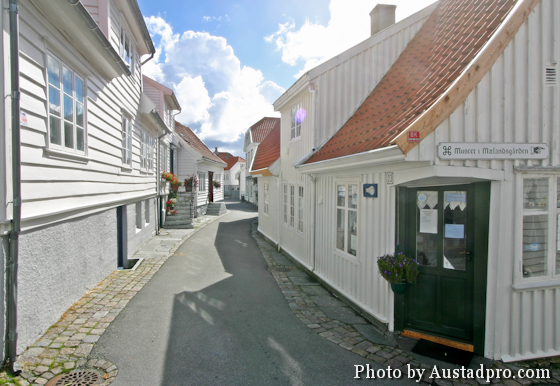Composition – Leading Lines
 Don’t you just hate it when you look at a photo and wonder what the point of it is? Or maybe as you’re flipping to the next picture and it takes you a second or two to realize what it is that you’re looking at.
Don’t you just hate it when you look at a photo and wonder what the point of it is? Or maybe as you’re flipping to the next picture and it takes you a second or two to realize what it is that you’re looking at.
When you look at a photograph you should know exactly what it is you’re seeing. Your eyes should be able to quickly zero in on the subject and understand the purpose of the photograph. This is one quality that makes a successful photograph.
One way to focus and direct the viewer’s attention is to use leading lines.
A leading line begins towards the edge of the photo (often begins at the bottom) and extends into the scene. This can often take many forms. It can be a line formed by railroad tracks (image right), a line of colorful flowers, maybe a fence or a gravel road.
There are so many things that can form a line and draw your eyes into the photo.
Leading lines aren’t always straight lines
 Leading lines can be colorful and dramatic. In the image to the left the lines created by the red, yellow, and green apples lead your eyes deep into the photograph and up towards the barrel.
Leading lines can be colorful and dramatic. In the image to the left the lines created by the red, yellow, and green apples lead your eyes deep into the photograph and up towards the barrel.
Leading lines can be straight from point A to point B, or they can take a more indirect path through the image. The railroad tracks above lead you straight back into the scene, but the apples to the left wind around the pond to the right and then back to the left before they reach the barrel. Lines that meander to the subject can have a relaxing affect while straight lines can be more dynamic.
Depth of Field with leading lines
Usually when you plan to use leading lines in an image, you’re probably going to want them to be in focus from front to back. This will require that you use small aperture such as f/16 to f/32 to reduce the depth-of-field.
Unless it’s a bright sunny day, using a high f/stop means you may not be getting enough light for a proper exposure. To correct this, you’ll need to keep your shutter open longer to compensate and long shutter and that means using a tripod as well so your images don’t turn out blurry.
Lead Their Eyes with Light
Lines don’t have to always be physical objects. Light and darkness can draw lines that can lead the eye. Maybe they are long shadows or reflections from a setting sun (below), or streaks of moving lights from taillights on a highway. You can even use the contrast of bright areas and dark areas.



